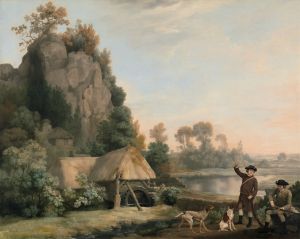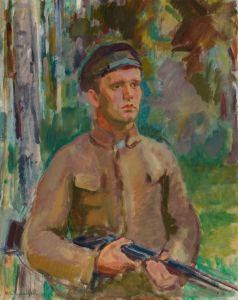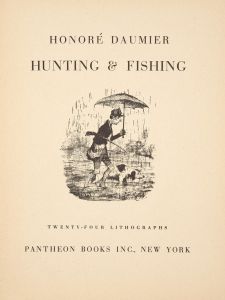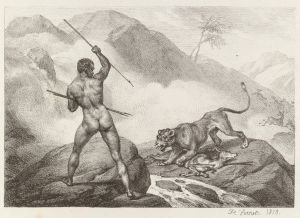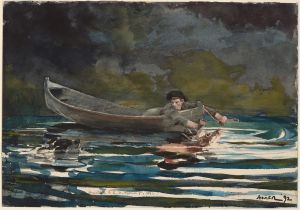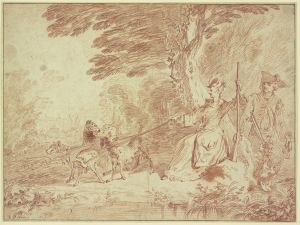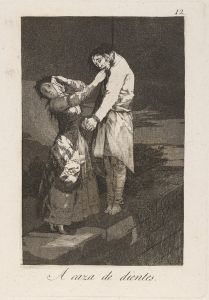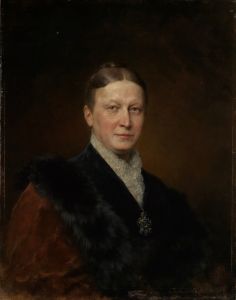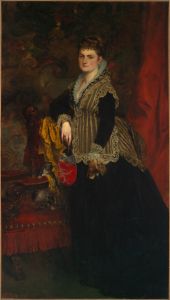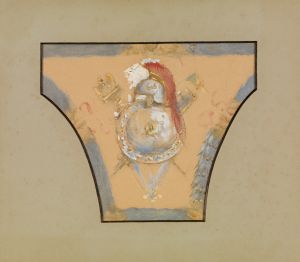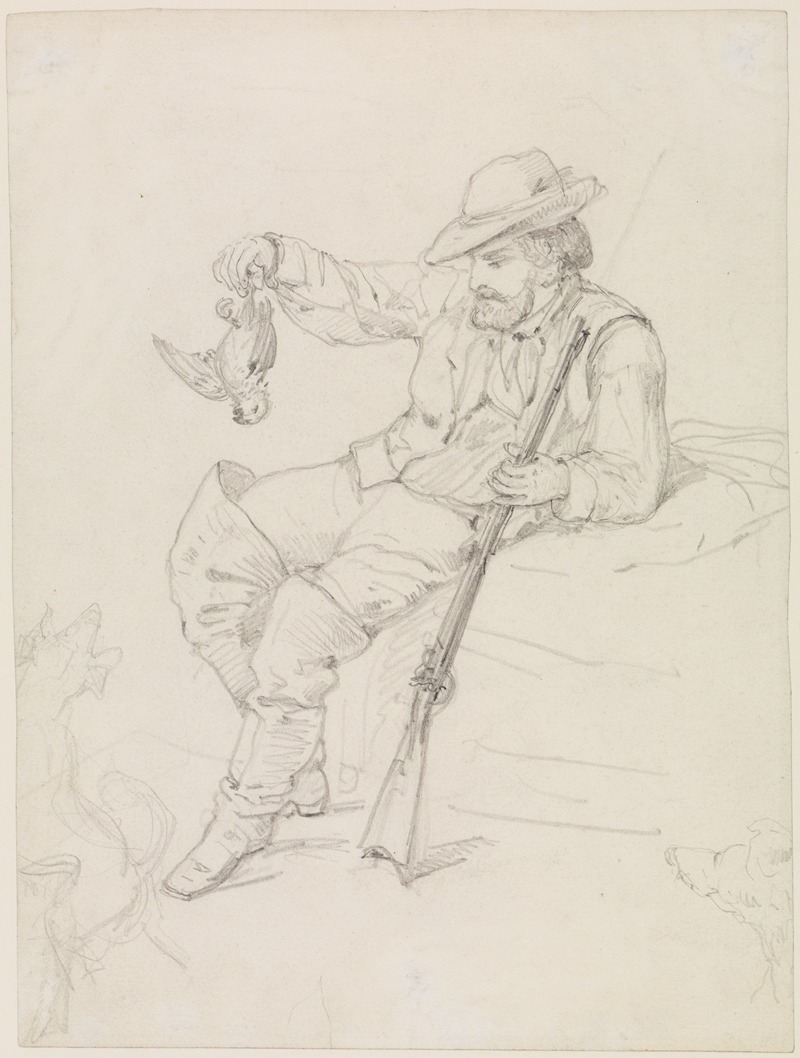
Sitzender Jäger, einen erlegten Vogel haltend
A hand-painted replica of Ferdinand Keller’s masterpiece Sitzender Jäger, einen erlegten Vogel haltend, meticulously crafted by professional artists to capture the true essence of the original. Each piece is created with museum-quality canvas and rare mineral pigments, carefully painted by experienced artists with delicate brushstrokes and rich, layered colors to perfectly recreate the texture of the original artwork. Unlike machine-printed reproductions, this hand-painted version brings the painting to life, infused with the artist’s emotions and skill in every stroke. Whether for personal collection or home decoration, it instantly elevates the artistic atmosphere of any space.
Ferdinand Keller (1842-1922) was a prominent German painter known for his historical and genre scenes, as well as his portraits. One of his notable works is "Sitzender Jäger, einen erlegten Vogel haltend" (Seated Hunter Holding a Dead Bird). This painting exemplifies Keller's skill in capturing detailed and realistic scenes, often imbued with a sense of narrative and character.
"Sitzender Jäger, einen erlegten Vogel haltend" depicts a hunter seated in a natural setting, holding a bird he has presumably just hunted. The composition of the painting is carefully arranged to draw attention to the hunter and his catch, highlighting Keller's ability to create a focal point within his works. The hunter is dressed in typical hunting attire of the period, which adds to the authenticity and historical accuracy of the scene.
Keller's use of light and shadow in this painting is particularly noteworthy. The natural light illuminates the hunter and the bird, creating a contrast with the darker background. This technique not only enhances the realism of the scene but also emphasizes the central figures, making them stand out. The detailed rendering of textures, such as the feathers of the bird and the fabric of the hunter's clothing, showcases Keller's meticulous attention to detail and his mastery of the medium.
The painting also reflects the cultural and social context of the time. Hunting was a common pastime among the European aristocracy and upper classes in the 19th century, often associated with notions of masculinity and prowess. By depicting a hunter in a moment of quiet triumph, Keller taps into these themes, offering a glimpse into the values and leisure activities of his contemporaries.
Ferdinand Keller was influenced by the academic art traditions of his time, which emphasized technical skill and adherence to classical standards of beauty and composition. He studied at the Academy of Fine Arts in Karlsruhe and later became a professor there, influencing a new generation of artists. His works often reflect a blend of realism and idealism, capturing both the physical reality and the underlying spirit of his subjects.
"Sitzender Jäger, einen erlegten Vogel haltend" is a testament to Keller's ability to convey narrative through visual art. The painting invites viewers to contemplate the moment captured, the skill of the hunter, and the serene yet dynamic interaction between man and nature. It remains a significant example of Keller's contribution to 19th-century German art, demonstrating his technical prowess and his capacity to infuse everyday scenes with deeper meaning and emotion.
Overall, this painting is a fine representation of Ferdinand Keller's oeuvre, highlighting his strengths as a painter and his place within the broader context of European art history.





